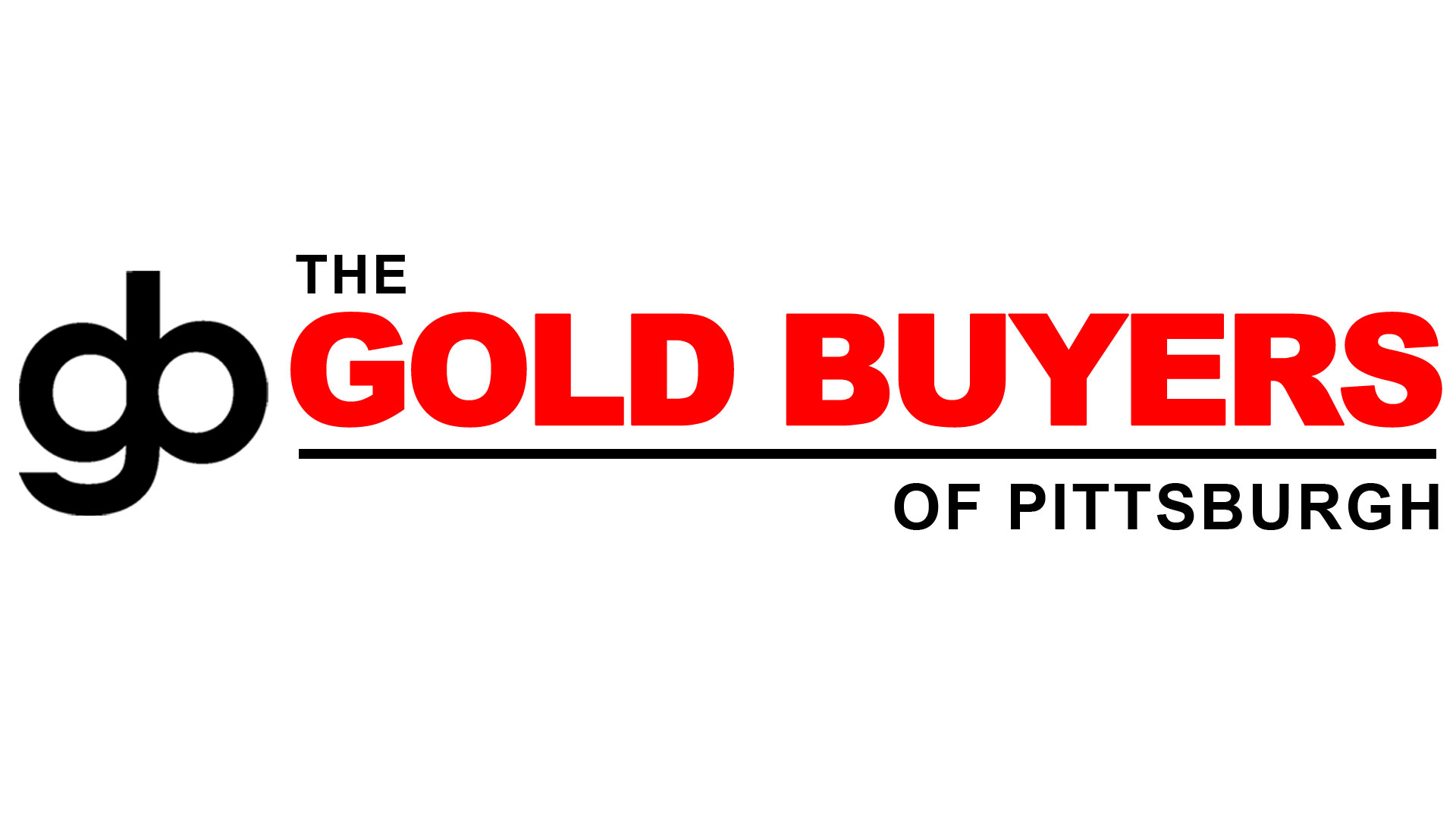Tracing the Process of Gold from Mineral Extraction to Trade Distribution
Wiki Article
Au has been a valuable resource for thousands of years, treasured not only for its aesthetic appeal but also for its usefulness in various markets. The journey of gold begins with rock removal, a technique that involves excavation. Miners explore for gold reserves in the earth, which can be found in different shapes such as nuggets or grains associated with other minerals. There are several methods of mining, including placer mining and hard rock mining. Placer mining involves locating gold in alluvial deposits, while hard rock mining requires digging deep into the ground to remove gold-bearing rocks. Both methods can be labor-intensive and require careful planning to be successful.
Once the raw material is removed from the ground, it must be refined to separate the gold from other substances. This process usually starts with breaking the ore into small pieces, making it easier to work with. After grinding, the ore is processed with chemicals to dissolve the gold. One common approach is using cyanide, which binds with gold and allows it to be extracted from other minerals. This step is vital because it raises the quality of the gold and readies it for further purification. The remaining substances are discarded as tailings, which must be handled properly to avoid environmental impact.
After the gold is isolated from the ore, it goes through purification to achieve a higher level of cleanliness. This step often involves casting the read the article gold at intense temperatures to remove undesirable elements. Various methods can be used for refining, including electrolysis and cupellation refining. Electrolysis uses electric charge to separate impurities from high-purity gold, while cupellation involves heating gold in a cupel furnace that oxidizes unwanted substances. The final product is typically 99.9% refined gold, ready for use in ornaments, technology, and other purposes.

Once refined, gold is formed into bullion or coins before being dispersed to markets around the world. Gold ingots are commonly used by central banks as a form of financial asset or monetary reserve. Coins are often produced this for investors or general use, depending on their style and collectibility. Sales networks include distributors and retailers who sell gold goods to consumers. The value of gold shifts based on market demand and supply conditions, impacting how it is sold and traded worldwide.
The entire path of gold from mineral extraction to global distribution highlights the sophistication of this precious metal's life cycle. Each step requires expertise and expertise to ensure that the final output meets specifications and fulfills buyer expectations. Grasping this path not only sheds light on how coveted assets are harvested but also emphasizes the importance of sustainable extraction methods that defend both stakeholders and the environment. As market demand for Au continues around the international markets, recognizing this journey ensures that we appreciate its worth beyond mere ornamentation, affirming its role in our financial system and communities.